

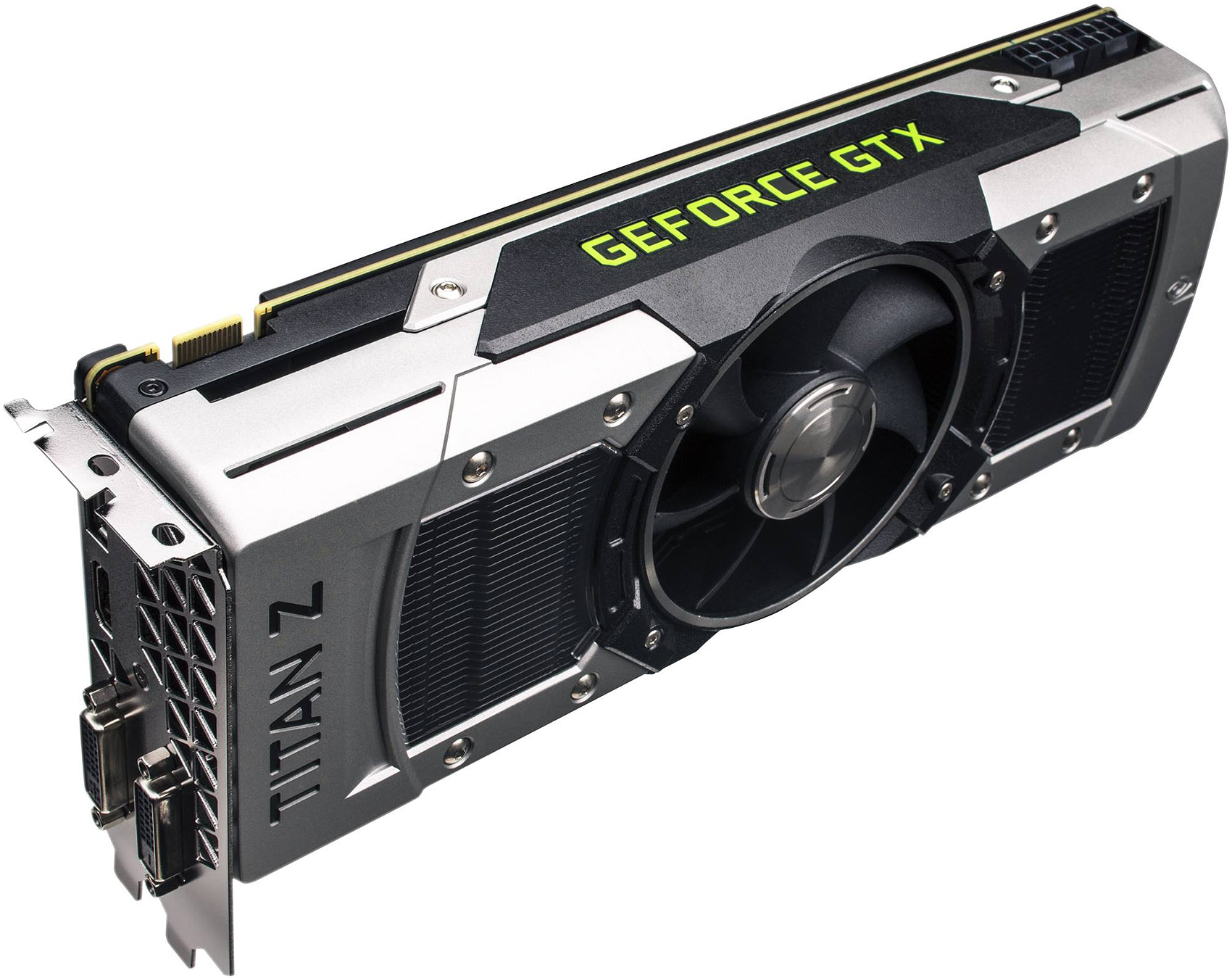
NVIDIA has launched its highly-anticipated latest generation of GPUs, the RTX 50 series, with significant improvements in speed and performance. The flagship model, RTX 5090, boasts 92 billion transistors and a whopping 3,352 TOPS of AI performance, making it a dream for 4K gaming enthusiasts. While the RTX 5090 is priced at a steep Rs 2,14,000, other variants like the RTX 5080, RTX 5070 Ti, and RTX 5070 offer more affordable options for gamers. However, prices may vary for models from different vendors like ASUS and MSI. Stay updated and informed about these groundbreaking graphics cards for making smarter decisions in your gaming journey.
NVIDIA Unveils Revolutionary RTX 50 Series GPUs: A New Era in Gaming and AI
Background
NVIDIA, a global leader in computer graphics, has a long history of pushing the boundaries of graphics technology. Since its inception in 1993, the company has consistently released cutting-edge graphics cards, revolutionizing the way games and other visual content is rendered.
RTX 50 Series GPUs: The Next Level of Graphics
NVIDIA's latest and greatest graphics card series, the RTX 50 series, represents a significant leap forward in GPU technology. The flagship model, the RTX 5090, is the most powerful graphics card ever created. With its 92 billion transistors and 3,352 TOPS of AI performance, it delivers breathtaking 4K gaming experiences and unparalleled AI capabilities.
Other models in the RTX 50 series offer more affordable options for gamers, including the RTX 5080, RTX 5070 Ti, and RTX 5070. These cards still provide exceptional performance, making them ideal for high-resolution gaming and content creation.
Top 5 FAQs Related to RTX 50 Series and NVIDIA GPUs
1. What are the key features of the RTX 50 series GPUs?
2. How do RTX 50 series GPUs compare to previous generations?
RTX 50 series GPUs offer significant improvements in speed and performance over previous generations. They deliver up to 4x the performance of the previous-generation RTX 30 series GPUs, enabling gamers to experience more immersive and realistic graphics.
3. What are the prices of RTX 50 series GPUs?
Prices for RTX 50 series GPUs vary depending on the model and vendor. The RTX 5090 is priced at a steep Rs 2,14,000, while the RTX 5080, RTX 5070 Ti, and RTX 5070 offer more affordable options.
4. What are the main use cases for RTX 50 series GPUs?
RTX 50 series GPUs are designed for a wide range of applications, including:
5. What is the future of NVIDIA GPUs?
NVIDIA is constantly innovating and developing new GPU technologies. The company is expected to continue releasing new generations of GPUs with even more powerful performance and new features. NVIDIA GPUs are playing an increasingly important role in cutting-edge technologies such as artificial intelligence, machine learning, and virtual reality.
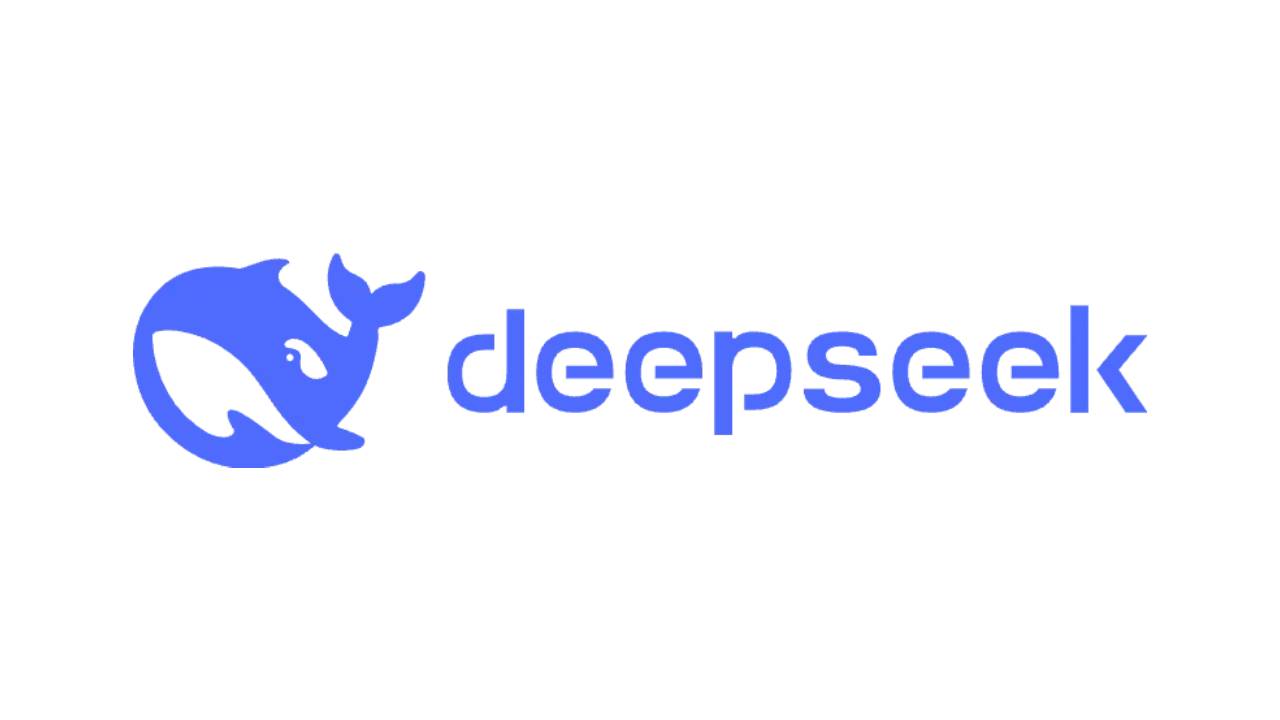
OpenAI CEO Sam Altman, along with other company representatives, recently took part in a Reddit Ask Me Anything session where they discussed various topics, including the company's open-source strategy. Altman acknowledged that OpenAI may have been "on the wrong side of history" with their previous approach and stated that they are now considering open-sourcing older AI software. This shift comes amidst the growing popularity of DeepSeek, an open-source competitor whose R1 reasoning model has gained attention for its fully open-source and free distribution. The future of OpenAI and its co-founder, Elon Musk, have become uncertain as the company adjusts its strategy to keep up with the demands of the evolving AI landscape.
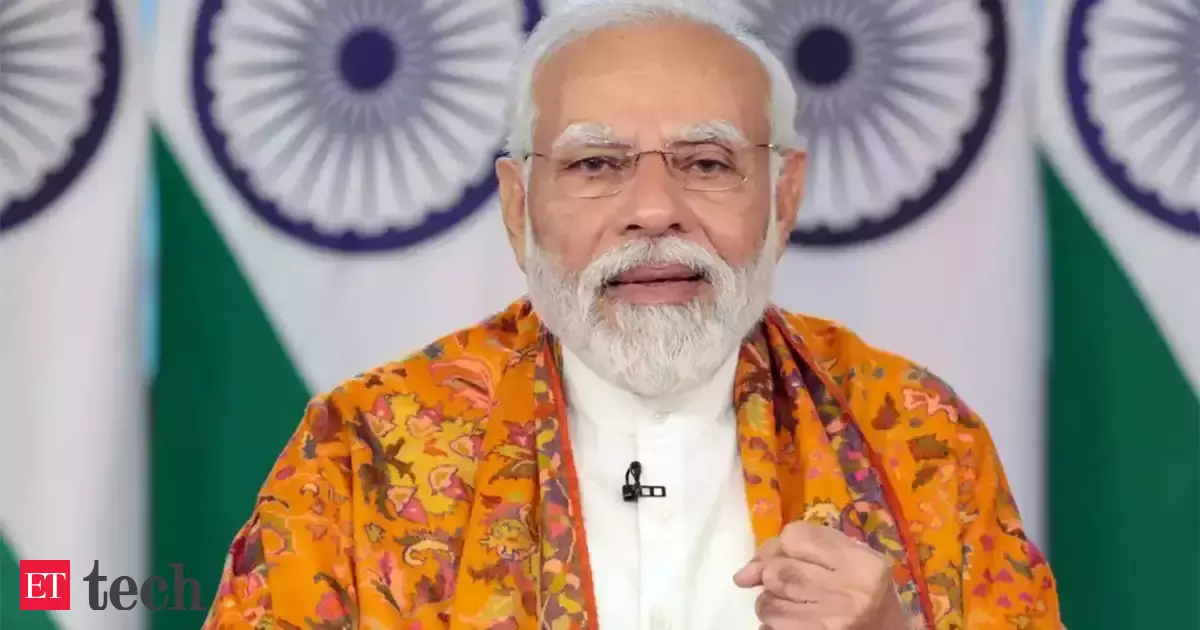
Prime Minister Narendra Modi addressed the AI Action Summit in Paris, highlighting the potential of AI to transform lives and accelerate sustainable development goals. He emphasized the need for collective global efforts to establish governance and address concerns related to cyber security, disinformation, and deepfakes. PM Modi also shared India's active role in leveraging AI, including building its own large language model and utilizing a unique public-private partnership model for pooling resources. He urged for a responsible and people-centric approach in the development of AI, emphasizing that humans must hold the key to our collective future and destiny.
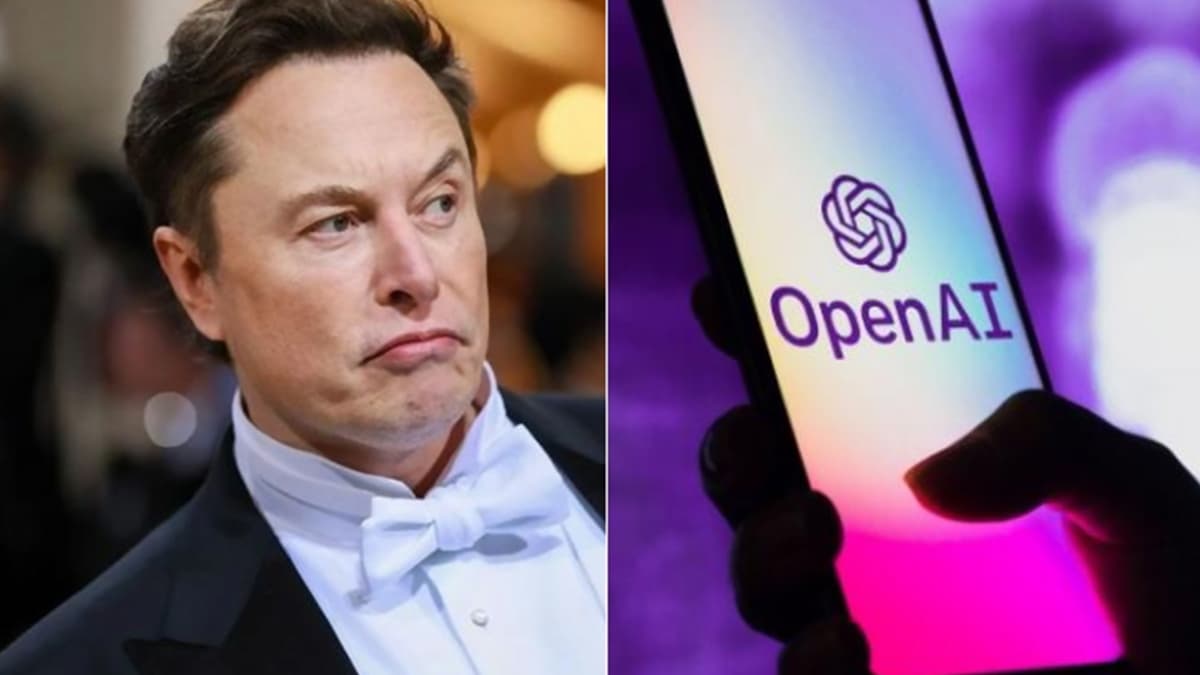
A consortium of investors led by Tesla CEO Elon Musk made a staggering bid of $97.4 billion to acquire OpenAI's non-profit parent. Rejecting the unsolicited offer, OpenAI CEO Sam Altman responded with a sassy remark offering to buy Twitter for $9.74 billion. Musk hit back calling Altman a "swindler" and shared a video dubbing him as "Scam Altman". This development comes amid the news of China's DeepSeek's AI model rivalling OpenAI's ChatGPT 4, triggering a massive drop in stocks of key chip manufacturers and wiping off over $1 trillion in market cap. OpenAI had recently announced the ambitious Stargate project backed by Microsoft and SoftBank to build advanced AI infrastructure in the US. Despite facing backlash for his remarks on India's ability to build large language models, Altman clarified during his visit to India that the country has the potential to become a leader in this area.

Celebrating its 20th anniversary, Safer Internet Day is a global initiative that aims to raise awareness about online safety and promote responsible use of the internet. This year's theme, "Together for a Better Internet," emphasizes the need for collective action in creating a safe, inclusive, and empowering online community. From its humble beginnings in 2004, the day has now spread across 200 countries, highlighting the growing importance of internet safety in our digital world. As we mark this occasion, let's learn about its history, significance, and safety rules to make the internet a safer place for everyone.

According to a recent report by Snap Inc., India has emerged as the leader in online safety and satisfaction, with a score of 67 out of 100 in the global digital well-being index. The country also boasts the strongest support network for young people, with 9 to 12 sources of guidance available, including parents, teachers, and mentors. However, despite the high levels of parental engagement and support, Indian Gen Z users still face a significant number of online threats, such as sextortion and grooming, highlighting the need for continued efforts to ensure digital safety for the younger generation.

Realme is set to introduce its latest smartphone, the P3 Pro 5G, in India. It will be powered by the advanced Qualcomm Snapdragon 7s Gen 3 chipset, delivering a significant boost in performance and efficiency. The phone will also feature a segment-first Quad-Curved EdgeFlow Display, a massive 6,000 mAh Titan Battery with 80W super fast charging, and an Aerospace VC Cooling System to enhance gaming performance. With GT Boost technology co-developed with KRAFTON, the P3 Pro 5G promises a console-level gaming experience. Get ready for its launch on realme's official website and Flipkart.com.

Realme is set to launch its highly anticipated Realme P3 series in the Indian market on February 18. The series will include the P3 Pro, P3 5G, P3x 5G, and P3 Ultra, all of which will come with impressive features such as GT Boost technology developed with Kraftion for improved gaming performance. The flagship P3 Pro is expected to sport a quad-curved AMOLED panel, Snapdragon 7s Gen 3 chipset, and 80W fast charging. Stay tuned for more updates on pricing and specifications closer to the launch date.

Vivo has revealed the design and key specifications for its upcoming V50 smartphone, which will feature Zeiss optics and three color options. The device will also come with Schott Diamond Shield Glass for added drop protection and will run on Android 15 with "Smart AI" features. Though the charging speed is not yet confirmed, leaks suggest that the V50 will be powered by the Snapdragon 7 Gen 3 Chipset and have up to 12GB of RAM and 512GB of storage. The official launch date is yet to be announced, but the device is expected to be priced in the range of Rs 30,000 to Rs 40,000. Stay tuned for our coverage on the latest tech news and reviews.
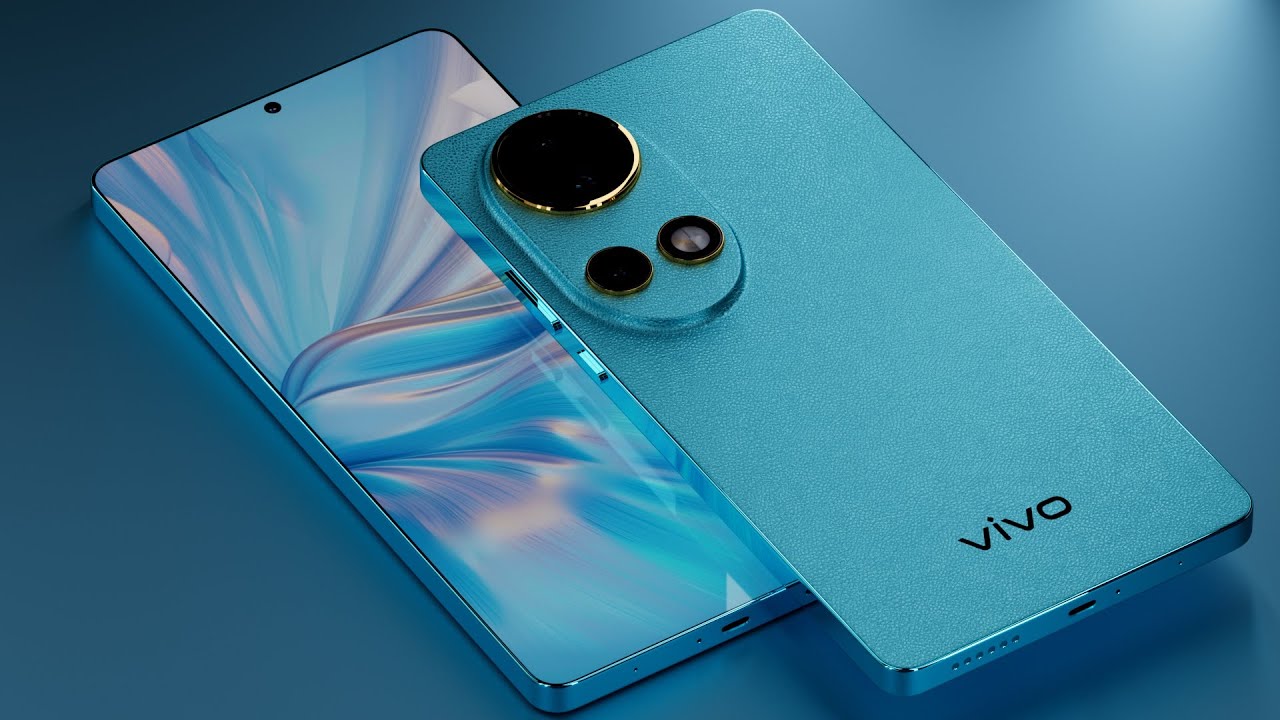
As the launch of the Vivo V50 in India draws near, the brand has started its teaser campaign, revealing key features of the phone. The device will feature a quad-curved display with a 120Hz refresh rate, a dual camera setup with ZEISS optics, and a massive 6,000 mAh battery with 90W charging support. It will also be available in three colors, one of which features a unique 3D-Star Technology design. The V50 will be the first V-series phone to have these features, making it an attractive option for consumers.
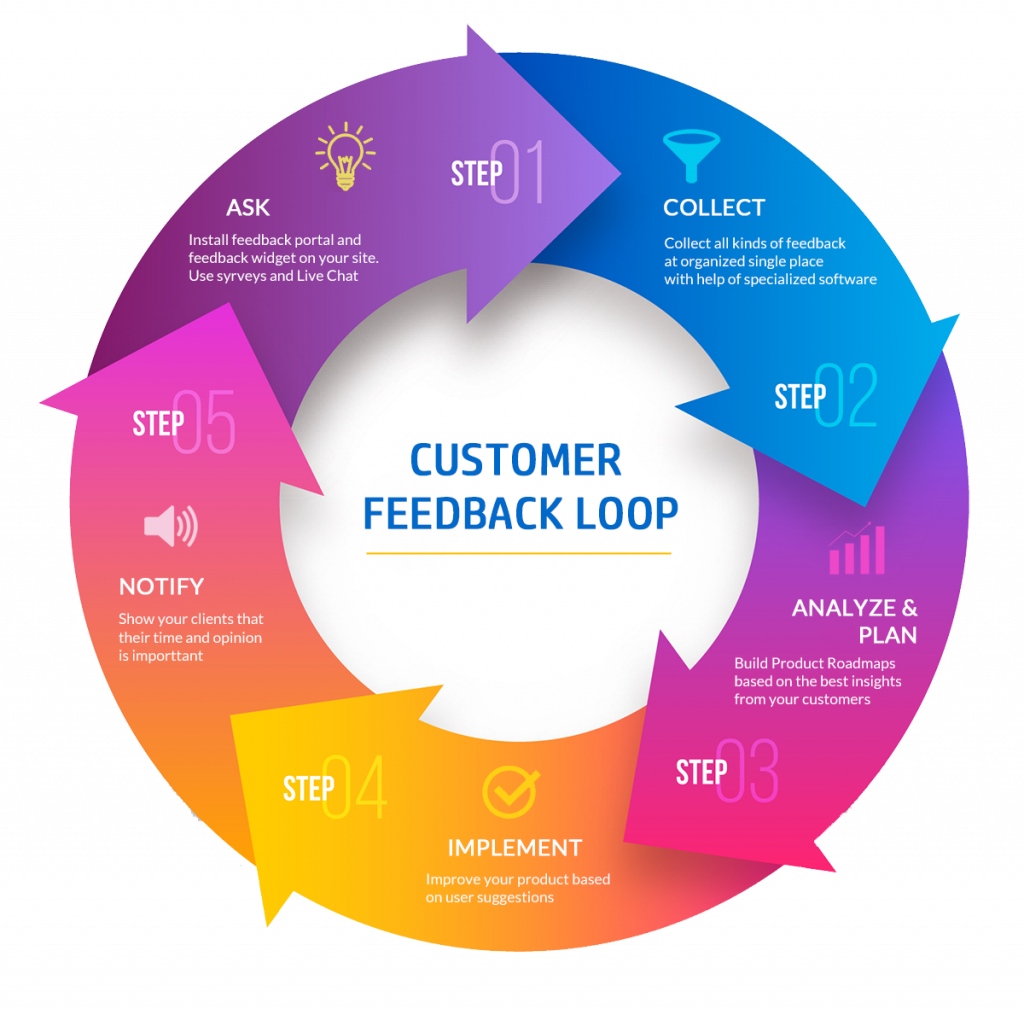
A major technology company is making it a top priority to listen to its customers' feedback and take it into account. The company values every piece of input and is dedicated to continuously improving its products and services based on this feedback. Customers can expect to see their suggestions and concerns being addressed as the company strives to meet their needs and expectations. With this commitment to listening and learning from its customers, the technology company is setting itself apart from its competitors.